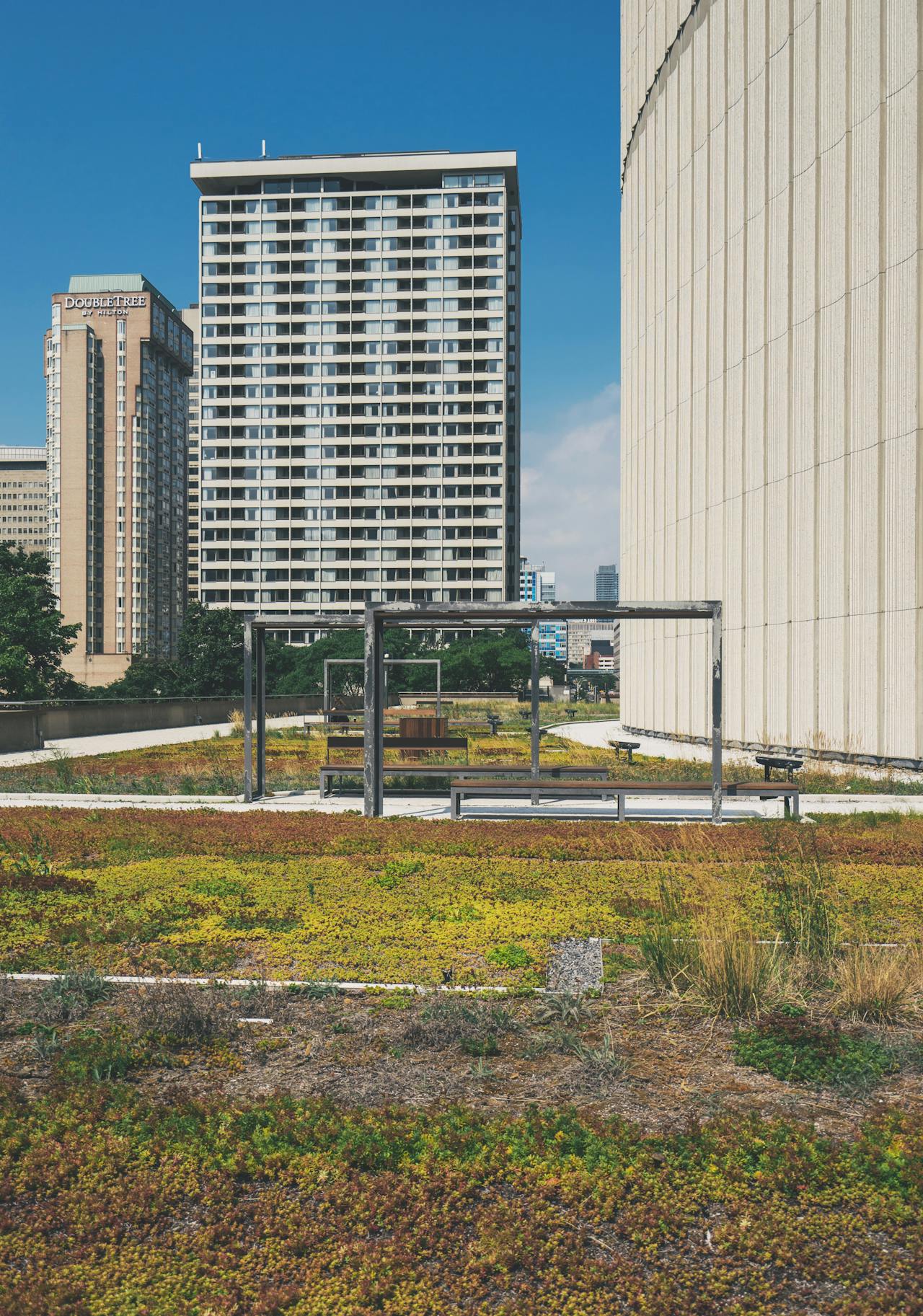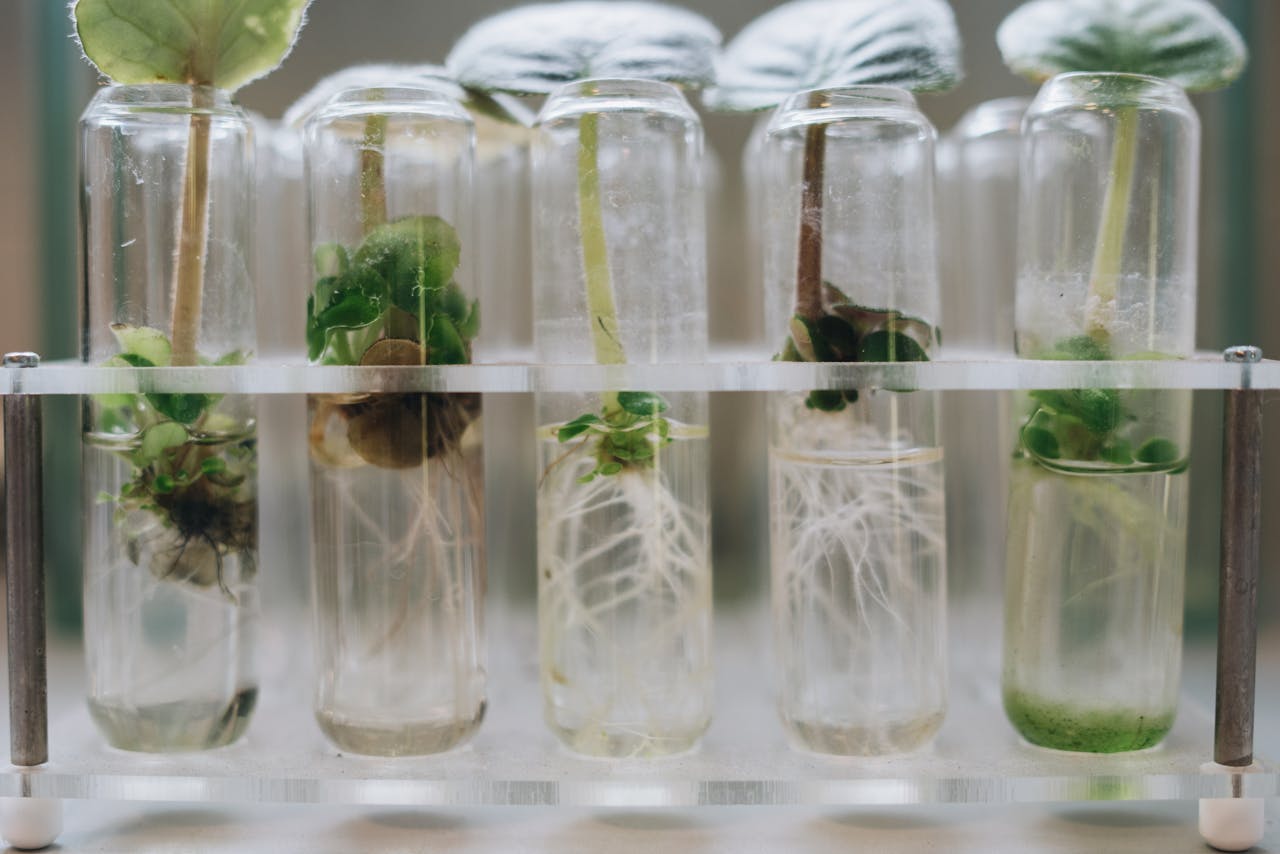Opportunies for research
BSc, MSc and more.
General Opportunities in the MuSE Lab
Below, you’ll find the major research themes for which we welcome MSc students who wish to combine theoretical and applied approaches to address pressing environmental issues. Our past student projects exemplify how we always blend theoretical and empirical research, be it field work with biophysical models, or network analyses with real-world applications such as toxic cocktails. We encourage inquiries from motivated students keen to work on a quantitative topic. Note: If you’re seeking PhD or postdoc opportunities, please check our separate Vacancies page for the latest openings.
Tropical forests and global change
Tropical forests are currently facing multiple pressures, from deforestation and degradation to climate change and, as our lab has uncovered,
Examples of Past Student Research
- El Niño and tree reproduction: Anne (MSc) studied how El Niño-driven climate extremes, and changes in solar radiation intensity, affect reproductive timing in tropical trees, shedding light on how future climate change may reshape forest composition.
- Poaching and the fate of a palm species: Anieke (MSc) investigated how hunting and seed predation influence population density, seedling recruitment, and overall fitness in the large-seeded palm Attalea butyraceae, revealing shifts in species dominance and forest structure under human disturbance.
- What allows dioecious tree species to exist?: Marjolein (MSc) examined how dioecious species -- trees with separate-sex individuals, rare in the plant kingdom -- can persist and compete alongside non-dioecious species, showing that females trees produce more seeds and that this compensates for the costs of having male trees.
- Liana have a strong impact on forest carbon: Artemis (BSc) analyzed how stable, liana-dominated low-canopy areas on Barro Colorado Island reduce forest carbon storage by an estimated 95%, showing a profound impact on tropical carbon budgets.
Water quality, aquatic life, and chemical pollution

Industrial growth and agricultural intensification have introduced a wide variety of synthetic chemicals into our ecosystems. From persistent “forever chemicals” like PFAS to complex pesticide mixtures, we face pressing challenges to understand their distribution, toxicity, and long-term impacts. Our lab focuses on developing data-driven methods—encompassing network analysis, high-throughput toxicity tests, and spatial mapping—to shed light on how chemicals move through the environment and pose risks to human and ecosystem health.
We welcome enthusiastic MSc students interested in bridging quantitative methods (e.g., data analysis, computer vision, modeling) with field or lab tests. Our water quality work has strong links to soceity, and our students often collaborate closely with water boards, governmental agencies, or journalists, ensuring their projects address urgent and real-world challenges. Whether you’re fascinated by mapping contaminant hotspots, creating low-cost automated raspberry-pi driven toxicological assays, or helping inform on the risk of new chemicals, we are ready to provide hands-on mentorship. If you’re driven, curious, quantitative and ready to tackle environmental pollution from multiple angles, we encourage you to contact us.
Examples of Past Student Research

- Toxic networks of pesticide mixtures: Joris (MSc) applied network-analysis based approaches, usually used in the analysis of social networks, to water monitoring data in the Netherlands, revealing surprisingly toxic co-occurring chemical clusters - revealing an unintented hidden danger to aquatic life.
- Mapping PFAS in Dutch Waters: Nicky (MSc) investigated “forever chemicals” in multiple water bodies by charting PFAS occurrence for the whole of the Netherlands. Her work highlighted large-scale norm-exceedances, and urgent data gaps highly relavent for ecosystem and public health.
- High-throughput toxicity testing: Stijn (MSc) developed a low-cost, Raspberry Pi–based computer vision system for Daphnia magna toxicity assays. Demonstrated that automated counts match human accuracy while vastly improving reproducibility and data volume. A technique urgently needed to understand the toxicity of novel chemicals.
- Tracking pesticide trends: Elena (MSc) Analyzed long-term pesticide sales, use, and toxicity trends in the Netherlands. Build a common denominator, the DDT-equivalence, which showed stable or non-declining impacts despite policy reforms, underscoring the need for deeper structural change and continued monitoring.
Biogeoengineering: Harnessing Vegetation for Climate Mitigation

As cutting down on greenhouse gas emissions alone may be insufficient to keep climate change in check, our lab explores biogeoengineering strategies that use vegetation to enhance the Earth’s reflectivity (albedo). By optimizing plant traits and configuration—from leaf geometry to canopy structure—we aim to reduce local and regional heat loads in both urban and agricultural landscapes. This approach not only addresses the urban heat island effect but also has implications for global-scale cooling: it is a carbon-negative technology that can enhance biodiversity!
Our research integrates field measurements of green roofs, theoretical modeling of crop albedo, and controlled experiments to examine how reflective vegetation can both mitigate heat and maintain or enhance productivity. We welcome MSc students who wish to blend applied physics, plant science, and computational modeling to further develop low-cost, nature-based climate solutions. Projects in our group often partner with municipalities, agri-tech companies, or interdisciplinary consortia, ensuring students gain hands-on experience in deploying and evaluating biogeoengineering innovations.
Examples of Past Student Research

- Optimizing green roof reflectivity: Maaike (MSc) Investigated how sedum and grass roofs can raise albedo by up to 120% compared to asphalt, translating into a one-time CO2-offset of up to 38 kg/m2. Proposed novel plant configurations to further increase reflectivity and reduce heat risks in urban environments.
- Crop Biogeoengineering and Albedo Heritability: Ciel (MSc) examined whether photosynthesis and high reflectivity can be co-optimized in agricultural crops. Combined modeling of carbon assimilation and field-scale climate data to show significant mitigation potential, while a lab experiment on Arabidopsis thaliana highlighted a 22% genetic component for albedo, suggesting feasibility for breeding high-reflectivity crop varieties.